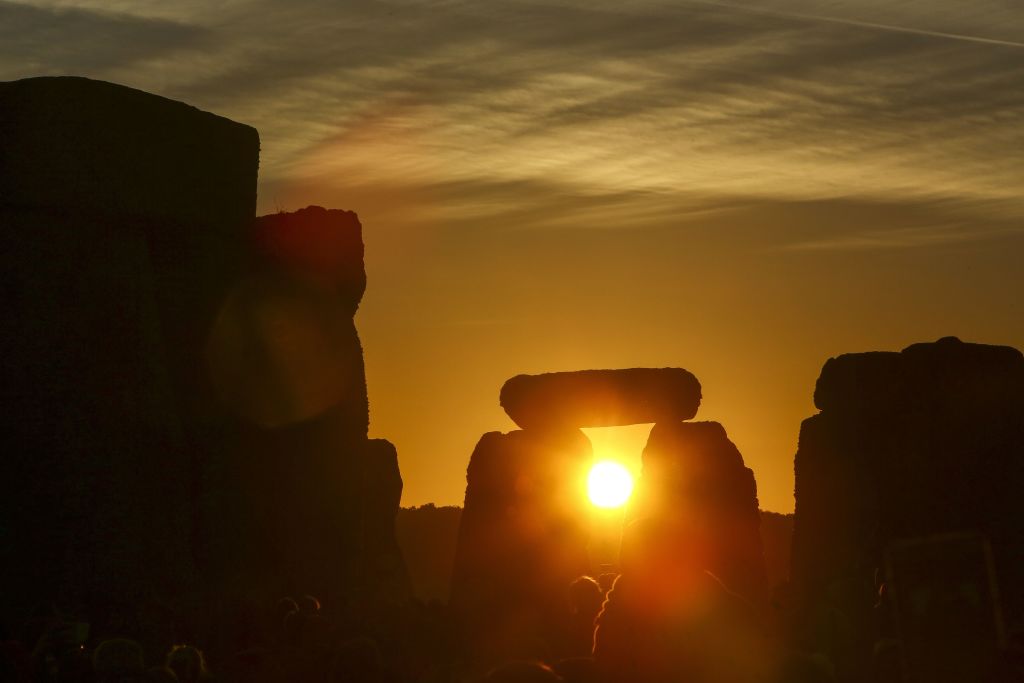Sunshine revelers in the Northern Hemisphere have been enjoying the days growing longer and the evenings growing brighter; but now, that trend will be reversed. Friday, June 21 is summer solstice, the longest day of the year above the equator and the turning point after which the sun starts rising later and setting earlier.
“Solstice” comes from the Latin solsitium, or “sun stands still.” The sun does indeed appear to stand still on the solstice, as it reaches its highest point in the sky. This illusion occurs because the Earth’s is tilted as far as it goes toward the sun.

The solstice marks the official first day of summer, and has been celebrated for its symbolic importance since ancient times. In England, pagans and travelers visit Stonehenge to watch the sun rise among the stones. In Sweden, the solstice is tied to the celebration of Midsummer, though the date is set at June 24 every year while the date of the summer solstice moves.
Whether you stare at the sun, feast, drink or dance, be sure to enjoy the solstice—the days only get darker from here.
More Must-Reads from TIME
- L.A. Fires Show Reality of 1.5°C of Warming
- Behind the Scenes of The White Lotus Season Three
- How Trump 2.0 Is Already Sowing Confusion
- Bad Bunny On Heartbreak and New Album
- How to Get Better at Doing Things Alone
- We’re Lucky to Have Been Alive in the Age of David Lynch
- The Motivational Trick That Makes You Exercise Harder
- Column: All Those Presidential Pardons Give Mercy a Bad Name
Contact us at letters@time.com



